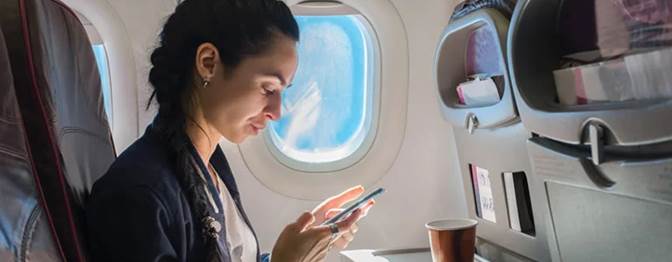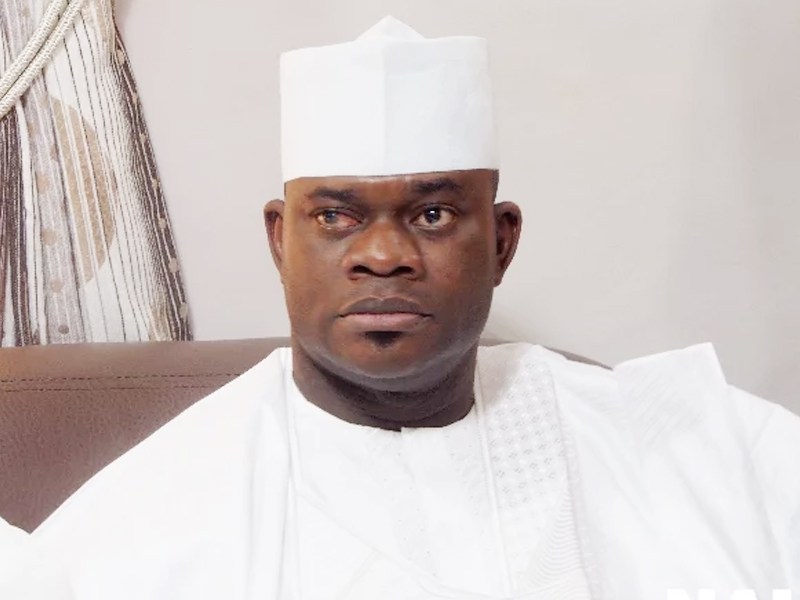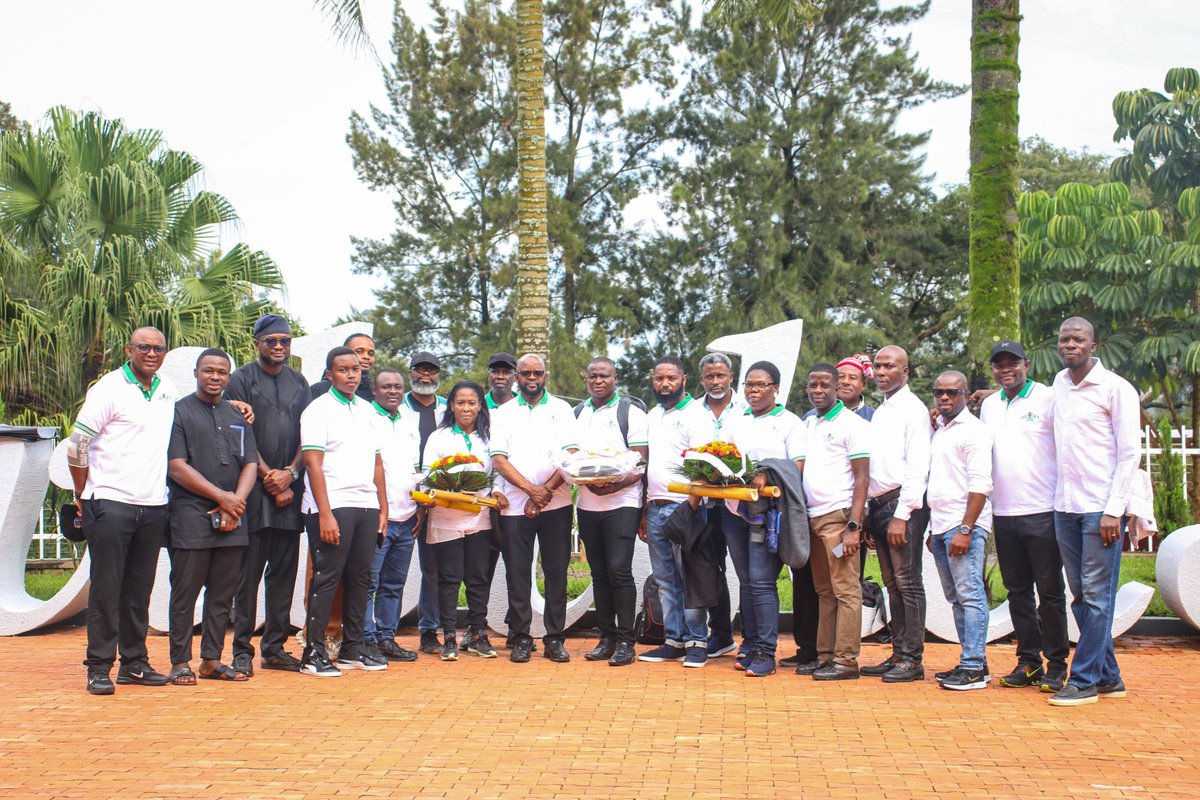As airlines and airports focus on sustainable recovery, carriers are finding solutions to reinforce health, safety and passenger confidence onboard, while complying with sanitisation rules and ensuring passenger satisfaction.
For the South African air transport industry, this issue is now particularly relevant, with the move to alert level 1 of lockdown, which includes significant easing of restrictions on international travel. With international travel only being allowed through OR Thambo International, Cape Town, or King Shaka International airports, passenger numbers at these points are expected to climb steadily.
The solution to many of the challenges around improving passenger experience and safety, has come in the form of inflight connectivity (IFC), which offers a myriad of benefits to airlines in the ‘new normal’.
In the below article, SITA – the technology provider to the aviation industry – explains the role of IFC and personal electronic devices in ensuring a safe journey for passengers.
Key highlights from the below article include:
· How SITA enables a touchless inflight travel experience throughout the post-COVID-19 recovery;
· How high-performing, integrated IFC services can ensure an ongoing return on investment for carriers by readily adapting to airline and industry needs, now and into the future;
· How IFC services are supporting passenger needs in the new normal;
· The importance of personalising the passenger experience in rebuilding confidence onboard;
· Future opportunities for airlines that come with personalising the passenger experience.
The COVID-19 crisis has profoundly impacted the global air transport industry and airline passenger experience alike. This means that as passenger demand makes a gradual return, albeit cautiously amid inflight safety concerns, there is a new set of post-COVID-19 measures in tow for airlines.
This is according to Sabine Taillardat, Cabin Connectivity Solution Team Manager at SITA, who says that while containing costs is a key focus for airlines to achieve a sustainable recovery, carriers also face ongoing challenges in reinforcing health, safety and confidence onboard; complying with sanitisation rules; and ensuring passenger satisfaction.
“Demand for onboard high-speed connectivity was already accelerating pre-COVID-19, but now, the right inflight connectivity (IFC) solution can bring a myriad of benefits to airlines in adapting to the ‘new normal’. Be that enhancing inflight services; leveraging frequent flyer enrollment; publishing key information and content via passenger Wi-Fi portals; developing additional revenue streams; or offering digital services that help users meet changing safety measures.”
Taillardat believes that easy-access IFC services – expertly and seamlessly delivered no matter the operator’s fleet, aircraft type, avionics and connectivity links – offer key tools for delivering an enhanced, touchless passenger journey. “High-performing, integrated IFC can ensure an ongoing return on investment for carriers by readily adapting to airline and industry needs, now and into the future. And, when enriched with targeted and relevant content, these services will be pivotal in giving passengers the best inflight experience.”
Supporting passenger needs in a new reality
Throughout the industry’s post-COVID-19 recovery and beyond, Taillardat says that personal electronic devices (PEDs) will remain central in ensuring a safe, touchless journey for passengers. “With PEDs already being so embedded in our daily lives, everywhere and at any time on the ground, IFC services give passengers what they crave: the continuity of connectivity inflight.
“At select airports, SITA has already introduced numerous solutions that let passengers use their mobile device as a ‘remote control’ for touchpoints, such as self-bag drops and check-in kiosks, without having to touch any equipment.”
Once in the air, Taillardat says that SITA FOR AIRCRAFT’s Internet ONAIR and Mobile ONAIR cellular 4G solutions bring this same remote control capability, enabled via passengers’ PEDs. “Passengers can connect their devices in one click to the Wi-Fi or 4G network, avoiding any non-personal touchpoints (such as seat-back inflight entertainment screens) and respecting social distancing, boosting confidence onboard as a result.
“Lately we’ve also worked with airlines to give passengers digital access to inflight menus (avoiding paper distribution and touchpoints) and have adapted our Internet ONAIR Wi-Fi portal to present specific sanitisation information – details which can also be shared with passengers via SMS through the Mobile ONAIR network.”
Even in these early stages of remobilisation for the industry, Taillardat reports already seeing PEDs become central inflight control centers in the inflight experience. “They enable passengers and crews to interact with the onboard environment, and each other, in a safer, contact-free, and more precise manner.”
Personalising the passenger experience
Similarly, Taillardat believes that the role of personalisation in the passenger experience is becoming increasingly important in rebuilding confidence onboard. “By integrating IFC services with the passenger manifest and frequent flyer programmes, passengers can quickly connect to view personalised information for their aircraft and route – all through the safety of their own device.
“At the same time, with Generation Z and Millennial travelers set to increasingly take to the skies in the years ahead, IFC services will undoubtedly leap into focus as a key draw for passenger satisfaction. These digitally-native fliers will demand access to personalised content via streaming services such as Netflix or Spotify, allowing them to truly govern their inflight entertainment.”
Personalising the user experience also presents opportunities for airlines to provide targeted content and generate ancillary revenue opportunities via targeted advertising or offers to passengers, adds Taillardat.
“At SITA FOR AIRCRAFT, we are proven at putting IFC personalisation into practice, and our years of experience have certainly come into play in recent weeks. We’re working hand-in-glove with customers to continuously optimise their IFC experience, whether that’s based on connectivity type and load factor; departure and destination airports; or via an extensive traffic management capability to adapt inflight broadband capacity. We operate both to enrich the passenger and end-user experience, and to provide the most cost-efficient service, adjusted for the airline customer,” Taillardat concludes.

 News6 years ago
News6 years ago
 Featured6 years ago
Featured6 years ago
 Boss Picks6 years ago
Boss Picks6 years ago
 Headline6 years ago
Headline6 years ago
 Headline6 years ago
Headline6 years ago
 Headline5 years ago
Headline5 years ago
 Headline6 years ago
Headline6 years ago
 Headline6 years ago
Headline6 years ago














